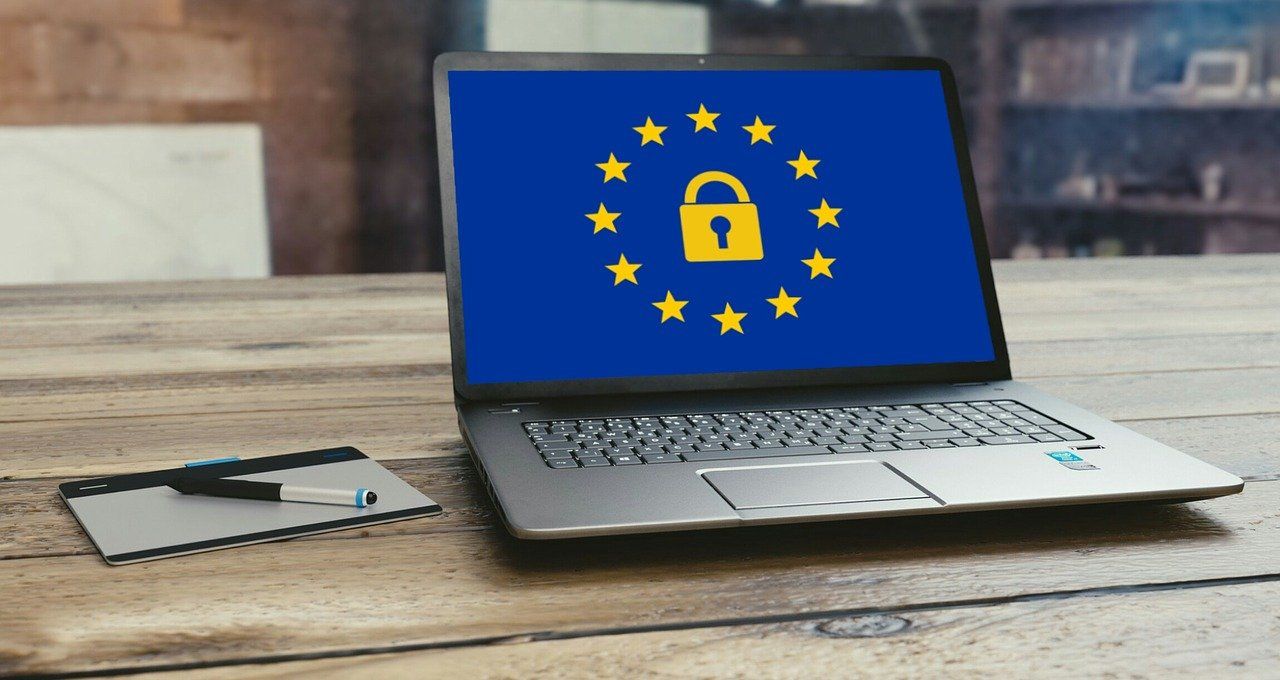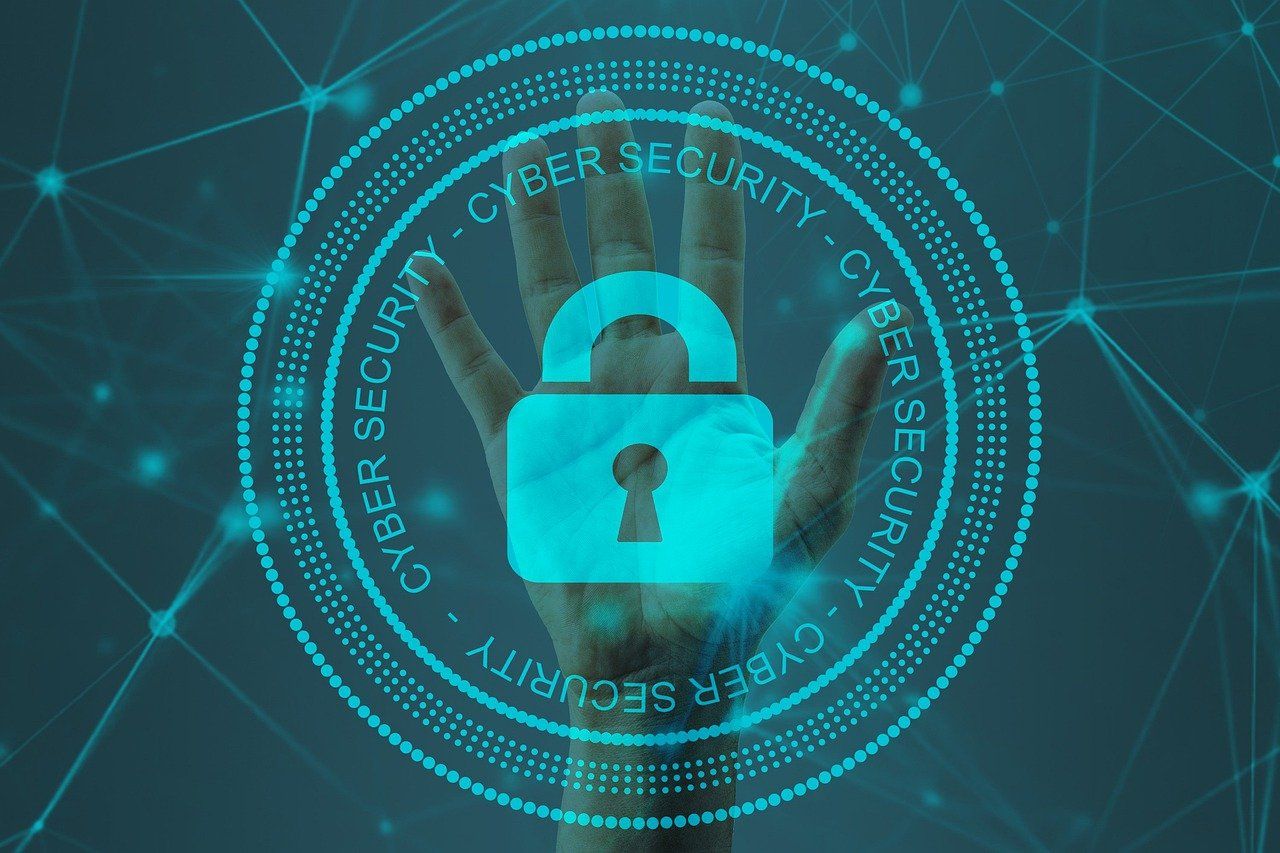Online interactions are public by default. As you browse, you leave digital footprints that can be tracked or traced. And with cybercriminals looking for opportunities to strike, having a high level of privacy is a must.
Implementing a privacy program on your network creates a safer environment for your audience and enhances your operations. So what exactly is a privacy program? How do you make an effective one?
What Is a Privacy Program?
A privacy program is a framework for identifying and protecting the relevant data that you use within your web application.
Establishing an effective privacy program helps you limit data breaches, and protect user interest. When you improve the privacy of engagements with your business, your audience will trust you more.
To implement a good privacy program, you need to study all privacy principles and how they relate to your business. You don’t necessarily have to employ the services of a privacy program manager. Once you have an insight into the basics of the program, you can adopt data protection regulations to your business.
Do You Need a Privacy Program?
In today's data-sensitive climate, your business cannot survive without a good privacy program in place.
The clamping down on organizations over the misuse of user data and the cyberattacks targeted at networks should give you some concerns. With data brokers selling users' information to the highest bidder, having a privacy program is an indication of where you stand.
Here are some reasons why you need a privacy program.
Contain Data Breaches
Cybersecurity is always a necessity. Since you rely on the internet to reach your target audience, you are susceptible to data breaches that jeopardize your system.
To be on the safe side, deploy a privacy program to protect personal information and other sensitive data on your network in the digital space.
Uphold Laws and Regulation Requirements
There are strong laws and regulations that protect users' privacy. Defying these laws comes with dire consequences.
Having an effective privacy program on the ground puts you on the right side of the law. You can go about your business with ease, knowing that you are doing the right thing. The reverse is the case otherwise; besides being sanctioned by the regulatory bodies, users could sue you for data privacy-related offenses.
Improve Customer Trust
Showing concern for your audiences' wellbeing goes a long way in winning their trust and loyalty.
Not only will having a standard privacy program help you retain your existing customers, but it will also enable you to attract new ones.
Data Privacy and Data Security: What's the Difference?
Data privacy isn't the same as data security.
In simple terms, data privacy is about storage, collection, deletion, and usage of data. Data security, on the other hand, involves methods, means, and policies deployed in protecting personal data.
Focused on maintaining user confidentiality, data privacy deals with the implementation of governing regulations such as the General Data Protection Regulation (GDPR). Data security is a means of giving maximum protection to personal data and preventing unauthorized third-party access to that information. It focuses on securing data from exploitation.
Data security is a means to ensure data privacy. It allows you to use different techniques to secure your private data from unauthorized access. These techniques include network security, encryption, activity monitoring, breach response, multifactor authentication, and access control among others.
7 Steps to Build an Effective Privacy Program
To enjoy all the essential benefits that come from implementing an effective privacy program, you need to create one for yourself. For many people, that's the biggest challenge.
The following steps will help you build your privacy program without hassle.
1. Identify the Privacy Drivers
Why do you need a privacy program? The answers to this question are your drivers. Once you have identified them, you'll have a clearer road-map of your mission.
Your privacy drivers may include protecting users' data, avoiding non-compliance penalties, gaining consumer trust, and having a competitive advantage.
2. Create a Privacy Strategy
Having identified your privacy drivers, how do you achieve them? This is where a privacy strategy comes in. It's the "how" of implementing your privacy program.
Your strategy must consider all the privacy requirements as any breaches will find a loophole.
3. Design a Privacy Program Management
Before you consider taking any further steps, you need to understand how to manage your privacy program.
What are the best ways to execute your privacy strategy? The goal is to be efficient. You must understand the sensitivity of user data and create a framework that keeps such information in confidence.
4. Implement Regulatory Requirements
Be up-to-date with the regulatory standards in your industry such as GDPR, Health Insurance Portability and Accountability Act (HIPAA), and the California Consumer Privacy Act (CCPA). You also need to understand the various concepts in data privacy such as data processing, data subject requests, notices, and content.
Processing is about data information documentation which will help you retain vital information while implementing the privacy program.
Data subject requests enable you to access and obtain a copy of your personal data and other important information from your regulators.
As a data subject, you have a specific right to request copies of the information, restrict its processing, delete it, or demand changes to it.
Notices and content involve the requirements you need for the privacy program to be recognized. These have to be based on a specific regulation.
5. Design Data Breach Notification Requirements
A data breach notification helps you to stay alert. When something fishy happens, your system notifies you to take action.
If you want to successfully implement your privacy program, you need to have at least two specific measures in place:
- Incident response: This type of response enables you to report any privacy invasion to appropriate regulators. By doing this, you limit any attack targeted at your network. It must be fast enough to contain the damages caused by cyberattackers.
- Privacy Risk Assessment: When you have a privacy risk assessment in your program, you can analyze and identify data breaches or other harmful incidents in your network. You can use available privacy controls to detect cyberthreats, and measure any security activities that concern personal data.
6. Create Awareness
Your audience may not be aware of the newly created privacy program. It's your responsibility to spread the word. Use all possible means to inform them about your privacy program and seek their permissions where necessary.
7. Develop Measurement Metrics
Your privacy program can only be said to be effective when it helps you achieve your goal. What better way to know this than developing metrics to measure its performance?
You can measure your program by audience engagement. Are your visitors giving consent for you to collect their data? Do they give positive feedback? The answers will give you a sense of how effective your program is.
Privacy Is a Human Right
A great way to understand the importance of a privacy program is to view it from a user's perspective. Would you prefer to engage with a business that protects your privacy or one that doesn't? There you have it.
Having your personal information exposed isn't pleasant. It doesn't mean that you are doing anything bad. There's a level of comfort and relief that comes from knowing that your business isn't out in the open or being misused.





